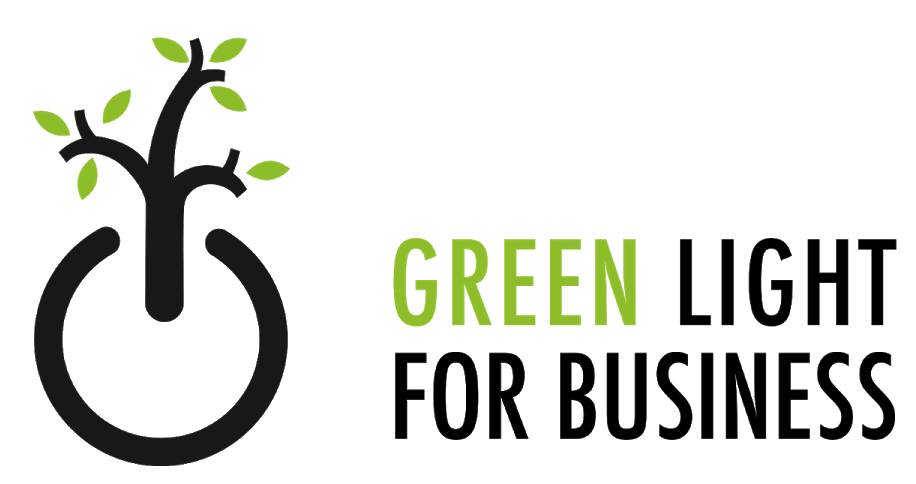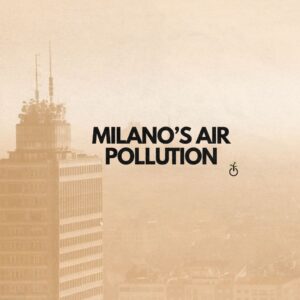
Picture from “Save Ralph”, a short film published by Humane Society International
Many times, while purchasing a cosmetic product, I noticed the cruelty-free logo on it and I recently realized that I had never furthered the meaning of it, never really thought about what is behind this logo. If this is your case too and you want to find more about this argument, I really suggest you to keep on reading as it is such an important topic!
Firstly, what is considered cosmetic? The Food and Drug Administration (FDA) defines cosmetics as “articles intended to be applied to the human body for cleansing, beautifying, promoting attractiveness or altering the appearance without affecting the body’s structure or functions.” So, a few examples can be perfume, moisturizer, makeup and hair products. It is important to stress that any ingredients used in a cosmetic are also included under this definition. In fact using animal testing in the development of cosmetics involve testing the finished product, but the individual ingredients of it as well. This is a fundamental clarification as the addition of a new ingredient in any cosmetic product used in these tests could lead to the deaths of at least 1,400 animals (Murugesan, Meera “Cruelty-free cosmetics”).
Moving on the central topic of this article, animal testing for cosmetics is the procedure of testing cosmetic products on restrained and conscious animals. There exist different methods, I am going to explain a few of them. For example, to determine the danger of exposure to a chemical by mouth or skin is used the toxicity test. Animals are injected with these substances, facing convulsions, loss of motor function, and seizures.
The draize test is a procedure that involves applying the product to the eye or skin of the animal and then leaving it for a certain amount of time before rinsing it out and recording its effects. It may cause itching, inflammation, swelling, corrosion, dermal sensitization, endocrine disruption. Another method is repeated oral force-feeding, usually this test lasts weeks or months to look for signs of illness or health problems, such as cancer or birth defects, this practice includes also “lethal dose” tests, in which animals are forced to swallow massive amounts of the testing chemical to determine the dose that causes death.
Pretty horrifying, isn’t it? At least, as some of you may know, in many countries animal testing is banned. These countries are the member states of European Union, UK, Norway, Iceland and Switzerland, Turkey, New Zealand, Guatemala, Colombia, India and Israel. This means that not only this practice is illegal but also the import of products that have undergone is. So, if we live in one of these places we don’t have to worry, right? All the products that we buy are surely cruelty-free! Yes but this doesn’t mean that it’s the same for the brand.
In fact many brands are forced to change their practices to sell in these countries but they keep on testing on animals products sold in the rest of the World. Some of the most famous companies of these sadly long list are DOLCE & GABBANA, Dior, MAC, NARS, Benefit, Maybelline, Clinique (check the complete list here https://www.mediapeta.com/peta/PDF/companiesdotest.pdf).
In conclusion, if you care about the safeguard of animal rights, you should consider carefully what you are buying and therefore the companies that you are supporting. Our daily choices together can be an important stance against this brutal practice!



